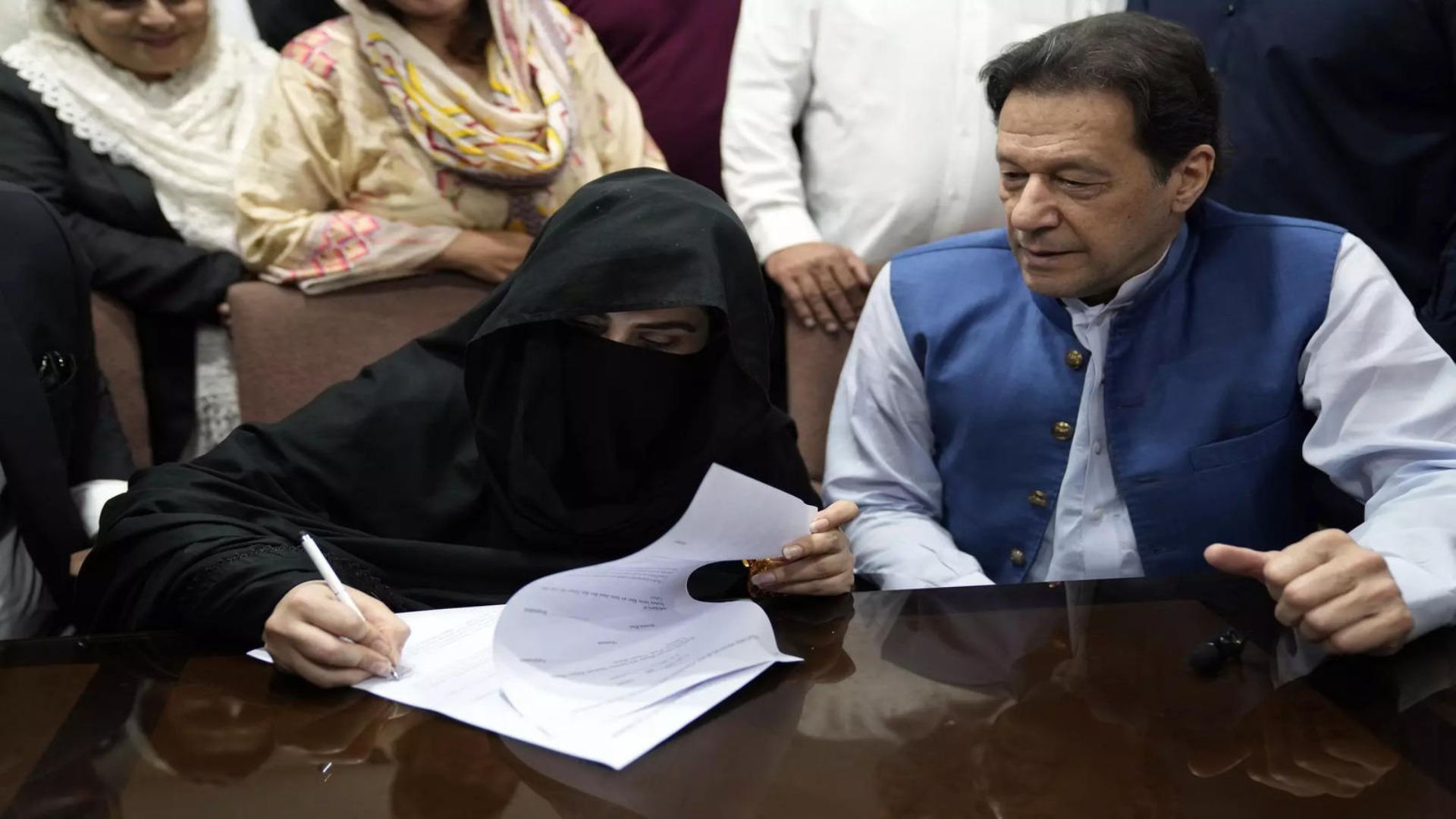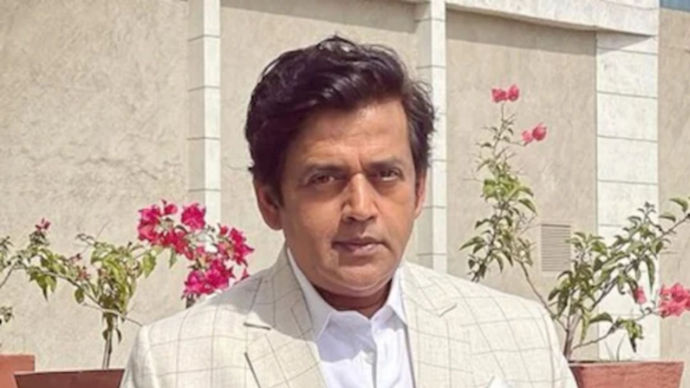
Aatmanirbhar Bharat Mission (self-reliant India) is Prime Minister Narendra Modi’s vision about making the country increasingly dependent upon home-manufactured products rather than waiting to be delivered from outside.This emerges out of the fact that the mission was announced alongside the economic package of Rs 20 lakh crore for supporting MSMEs and other companies trapped under the wrath of a pandemic. An economic boost to MSMEs would mean more exports, more employment and more GDP. It is presumed that the mission will be a shot in the arm to increase the demand side of business which would subsequently overcome the recession caused by Covid-19 disaster. The government seems resolute on succeeding with this mission. So ‘Aatmanirbharta’ would be achieved.
This passionate declaration on ‘Aatmanirbharta’ is a close reminder of America in 1991-92 when the philosophical and political campaign was being generated in support of an entrepreneurial spirit to fight the recession that gripped the nation. History shows that during recession such slogans work very well for the ruling governments when they wish to shift attention away from a performance review of the government to administrative bureaucracies. The call appears to be a ‘perestroika’ or dismantling of bureaucracy through reforms towards an open system. In 1991-92 when America was passing through a bad recession in which GDP moved erratically and unemployment rate shot up to 7.8 percent throwing out more than 10 million into joblessness, brought to open the malaise embedded within the public sector. A cumulative impact of downsizing in just one sector of defence in the USA had a spill-over effect on every other sector tightening options for the bouncing back of the economy. During this time Bill Clinton, as Governor of Arkansas, was contesting the presidential election against George Bush Sr. His campaign managers found it prudent to invent a tagline which could put the sins of non-performance upon bureaucracy making it agreeable to reforms which he –cleverly titled as ‘Reinventing Government’ — positioned against Bush’s unappetising ‘Management Agenda’. David Osborne, a journalist, and Ted Gaebler, a city manager, described “reinvention” as a “release of the entrepreneurial spirit of governance” in their book Reinventing Government, How the Entrepreneurial Spirit is Transforming the Public Sector.
The entrepreneurial spirit was based upon the 10 principles brought out by authors which seem to resonate quite closely with the point that PM Modi is trying to make in promoting ‘Aatmanirbhar Bharat’. The 10 principles given as: (1) to steer not row or in other words, government is not supposed to provide services but see that they are provided; (2) empower communities to solve their own problems rather than simply deliver services; (3) encourage competition in place of monopolies; (4) be driven by missions rather than rules; (5) be result-oriented by funding outcomes rather than inputs; (6) meet the needs of the customer not the bureaucracy; (7) concentrate on earning money rather than spending; (8) invest in preventing problems rather than curing crisis; (9) decentralise authority; (10) solve problems by influencing market forces rather than creating public programmes.
‘Aatmanirbharta’ echoes very well with the first seven principles but digresses on 8th to 10th principle as performance in the last six years suggests that problem prevention has been the nation’s biggest failure — be it disaster management, demonetisation, MSMEs, education or migrant labour. Institutions were never found prepared as there is no contingency planning preceded by an effective decentralisation of authority. Much of the problem is rooted into a lack of ground level surveys which have greater capacity to influence market forces in a positive and relevant manner. In the last seventy years since Independence, governments have created couch potatoes in society or non-performing workforce in policy-making who are served policies in hand by smartlooking model builders disconnected with local Self-Help Groups (SHG), Community-Based Organisations (CBOs) and Village-Based Market Cooperatives (VBMC). The data agencies collect numbers, feed into SPSS or any other advanced version of statistical analysis and the product becomes a policy. This could work in the West, but in a diverse country like India it may not depict a correct situation of the ground reality. This ‘couch potato’ policymaking had failed the first Five Year Plan (FYP) when Jawaharlal Nehru, quite impressed by an outgoing military attaché Albert Mayer’s model for rural reforms at the Teen Murti Bhavan interaction, introduced the Community Development Scheme. Rest is history and the villages continue to pay the price of those devastating reforms till today.
Why do most policymakers love to be couch potatoes or wish results through sloganeering and attractive gifts of mathematical models? Policies which demonstrate sustainability like the MNREGA, RTI or women cooperatives such as Kudumbshree in Kerala, Self-Employed Women Association or SEWA in Ahmedabad or Tara-Haat in Bundelkhand which turned out to be the most inexpensive handholding policies during crisis were generated at the ground level by some of the most active CBOs, not data software companies. But that is not enough of a description which is likely to defy ‘Aatmanirbharta reforms’. The colonial ruler in the form of pyramidical governance still survives in homes or the offices. Take up digitisation which is made the basis of implementing all reforms. India has not been able to even create a synchronised technology architecture to enable different databases on different systems to converge into 100 percent end to end data capture. Since this is an assurance for greater transparency and integrity, the targets of Aatmanirbhar Bharat may drown into procedural complications and middlemen despite the technology. The colossally pretentious mammoth reforms can push the nation to an increasing structural turbulence as the one that we are consistently facing on issues of disaster management, employment generation, skill building, banking, labour, health and digitisation being attributed to the mistrustful and frenzied shelving of the Planning Commission rather than investigating the causes of its failures. Institutions matter and for generating self-reliance their history becomes special.
The Aatmanirbhar Bharat Mission is also threatened by Indian society’s embedded patriarchy which travels from home to offices and to laboratories and the legislatures. A very large majority of women are still stumbling under indefensible discriminatory practices affecting their birth as well as their professional progress. The female infanticide and sex-selective abortions have prevented a healthy gender balance in our society which is 924 females per 1,000 males according to the United Nations. This has relegated India to just a few above from the bottom of 189th position out of 201 countries in the world and even within Asia at the 43rd position out of 51 countries. The new India is growing disproportionately with 54 million more men than women; this makes obvious the fact that the social taboos against women are going to gradually wipe them off from policy formulating echelons. Even the current statistics is pretty disheartening which reveals a subtle and systematic marginalisation of women with substance from institutions where the key decisions are taken. India’s labour force is already masculinising as fewer women are joining the workforce. NSSO published periodic labour force survey data which brings forth a shocking revelation about the women workforce that India is above just nine countries with Syria and Iraq its prestigious neighbours in excluding women. If Bihar is singled out as a country, it has the lowest share of working women in the world. How would ‘Aatmanirbharta’ work in such states?
Many qualities such as egalitarianism, team building and holistic framework come natural to more women than men but even if they were not, women stand out on rights of being in decision making since quality discourse need not be gender determined for inclusive policies. ‘Aatmanirbhar Bharat’ currently is — and is likely to remain — amputated without considering increase in women workforce in MSMEs and women decision-makers in policies across government institutions as much as the communities at the grassroots of India which are never couch potatoes!
The writer is Professor of Administrative Reforms & Emergency Governance, Jawaharlal Nehru University, Delhi.















